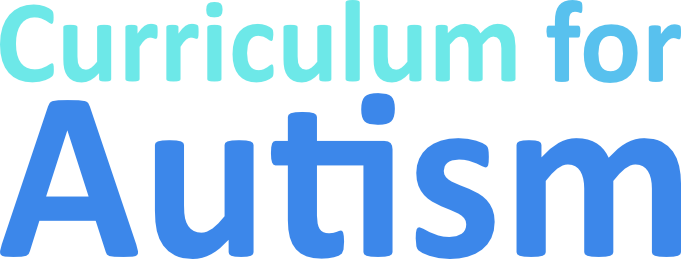How To Choose Homeschool Resources for Children with Autism
Many parents choose to Homeschool their child with autism because they are concerned about how a school will meet the unique needs of their autistic child. In this blog post we’ll take a look at how to choose the most suitable homeschool resources and activities for a non-verbal or verbal child with autism.
My child is not yet verbal. What types of homeschool curriculum resources can I use to teach them?
If your child with autism is not yet verbal, or they’re minimally verbal, finding educational resources which meet their unique needs will help them to engage, learn and progress.
Popular year long curricula used by homeschool parents are mostly written for neurotypical (NT) kids who are working at a specific grade level across all subject areas. Your pre-verbal child with autism will may have strengths in some aspects of learning areas and difficulties in others, and are they are unlikely to be working at a single grade level across all subject areas.
It’s important to start your autism homeschool journey with activities which meet your child’s sensory needs, so that they can engage with you. Once your pre-verbal child with autism is motivated to learn, you’ll want to work on Speech and Language goals so that your child learns to interact and communicate with you. Check out my 10 Speech & Language Strategies Workbook for Autism Parents for guidance on how to work on early Speech goals. Remember to show interest in what your child is interested in, and include their interests in your learning activities. For example if your child likes frogs, then play with frog toys and puppets, look at frog books, sing songs about frogs, paint pictures of frogs, etc.
Once you’ve built on your child’s interaction and attention skills with play activities and simple games, then you will be ready to gradually introduce more structured resources to work on vocabulary goals for your child with autism.
My child with autism is verbal. What types of homeschool curriculum resources can I use to teach them?
TLDR: Check out autism education resources for these subjects-
All-in-one homeschool curricula for NT kids often save parents time searching online for resources, and planning, but if those resources don’t meet the individual needs of your child with autism, then it’s going to be hard work for you to teach your child, and it won’t to be much fun for them either. Big curricula cost a lot of money, so if you spend hundreds of dollars on a curriculum which you intend to use for every lesson, but the pages are too busy and crowded, or the concepts aren’t broken down into small enough steps, then you’re going to become frustrated and your child will too.
The first step in planning your own homeschool curriculum for your autistic child is to plan what goals your child will work on for the next 3 months, 6 months and 1 year. Download my Autism Homeschool Goal Planners to help you do this.
Your child might enjoy filling in workbooks for math, but they hate writing for language lessons so you opt for clip cards for working on literacy goals. Using different types and formats of resources from books, workbooks and websites to teach different concepts and subjects, will help you better meet the learning needs your child with autism.
Choosing individual resources and activities which meet specific goals, rather than using a one-size-fits-all whole year curriculum, will help you create an autism-friendly homeschool program which meets your child’s unique strengths and challenges, and incorporates, where possible, their interests. If your child with autism is interested in robots, or ocean animals, for example, then look for ways to include these in your academic lessons as well as crafts and games.
It’s worth noting that not all homeschool activities for your child with autism need to be written tasks. Cut and paste sheets, clip cards and activity mats don’t require any writing.
Remember that when you are homeschooling your child with autism you don’t have to only teach traditional academic skills. You can teach daily living skills such as cooking, laundry and shopping. For an older, more able autistic child who is already interacting with different people in your community and social networks, you might also want to work on more complex Social Skills lessons which will assist them in this.
Read my Homeschool Easy Read Guide for Parents for guidance as you as plan your learning environment and your autism homeschool timetable.
Remember to check the regulations where you live to make sure you are meeting the necessary requirements for academic standards, hours spent teaching, and homeschool record keeping.
Resources to check out :
If you’ve found this helpful, subscribe to my emails to hear about resources for your homeschool.
